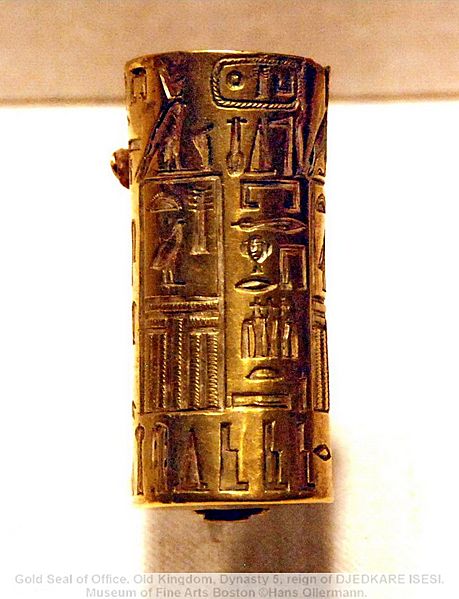Image: 2414-2375 050 PHARAOHS OF EGYPT- Gold Seal of Office. Old Kingdom, Dynasty 5, reign of DJEDKARE ISESI. Museum of Fine Arts Boston ©Hans Ollermann

Description: 2414-2375 050 PHARAOHS OF EGYPT- Gold Seal of Office. Old Kingdom, Dynasty 5, reign of DJEDKARE ISESI. Museum of Fine Arts Boston ©Hans Ollermann. Djedkare Isesi was a pharaoh, the eighth and penultimate ruler of the Fifth Dynasty of Egypt in the late 25th century to mid-24th century BC, during the Old Kingdom. Djedkare succeeded Menkauhor Kaiu and was in turn succeeded by Unas. His relations to both of these pharaohs remain uncertain, although it is often conjectured that Unas was Djedkare's son, owing to the smooth transition between the two. Djedkare likely enjoyed a reign of more than 40 years, which heralded a new period in the history of the Old Kingdom. Breaking with a tradition followed by his predecessors since the time of Userkaf, Djedkare did not build a temple to the sun god Ra, possibly reflecting the rise of Osiris in the Egyptian pantheon. More significantly, Djedkare effected comprehensive reforms of the Egyptian state administration, the first undertaken since the inception of the system of ranking titles. He also reorganised the funerary cults of his forebears buried in the necropolis of Abusir and reformed the corresponding priesthood. Djedkare commissioned expeditions to Sinai to procure copper and turquoise, to Nubia for its gold and diorite and to the fabled Land of Punt for its incense. One such expedition had what could be the earliest recorded instance of oracular divination undertaken to ensure an expedition's success. The word "Nub", meaning gold, to designate Nubia is first recorded during Djedkare's reign. Under his rule, Egypt also entertained continuing trade relations with the Levantine coast and made punitive raids in Canaan. In particular, one of the earliest depictions of a battle or siege scene was found in the tomb of one of Djedkare's subjects. Djedkare was buried in a pyramid in Saqqara named Nefer Djedkare ("Djedkare is perfect"), which is now ruined owing to theft of stone from its outer casing during antiquity. The burial chamber still held Djedkare's mummy when it was excavated in the 1940s. Examinations of the mummy revealed that he died in his fifties. Following his death, Djedkare was the object of a cult that lasted at least until the end of the Old Kingdom. He seemed to have been held in particularly high esteem during the mid-Sixth Dynasty, whose pharaohs lavished rich offerings on his cult. Archaeological evidence suggests the continuing existence of this funerary cult throughout the much later New Kingdom (c. 1550–1077 BC). Djedkare was also remembered by the ancient Egyptians as the Pharaoh of Vizier Ptahhotep, the purported author of The Maxims of Ptahhotep, one of the earliest pieces of philosophic wisdom literature. (Wikipedia Encyclopedia) Here you find a link to the website of the MFA: www.mfa.org/
Title: 2414-2375 050 PHARAOHS OF EGYPT- Gold Seal of Office. Old Kingdom, Dynasty 5, reign of DJEDKARE ISESI. Museum of Fine Arts Boston ©Hans Ollermann
Credit: https://www.flickr.com/photos/menesje/47952402961/
Author: Hans Ollermann
Usage Terms: Creative Commons Attribution-Share Alike 2.0
License: CC BY-SA 2.0
License Link: https://creativecommons.org/licenses/by-sa/2.0
Attribution Required?: Yes
Image usage
The following page links to this image:

